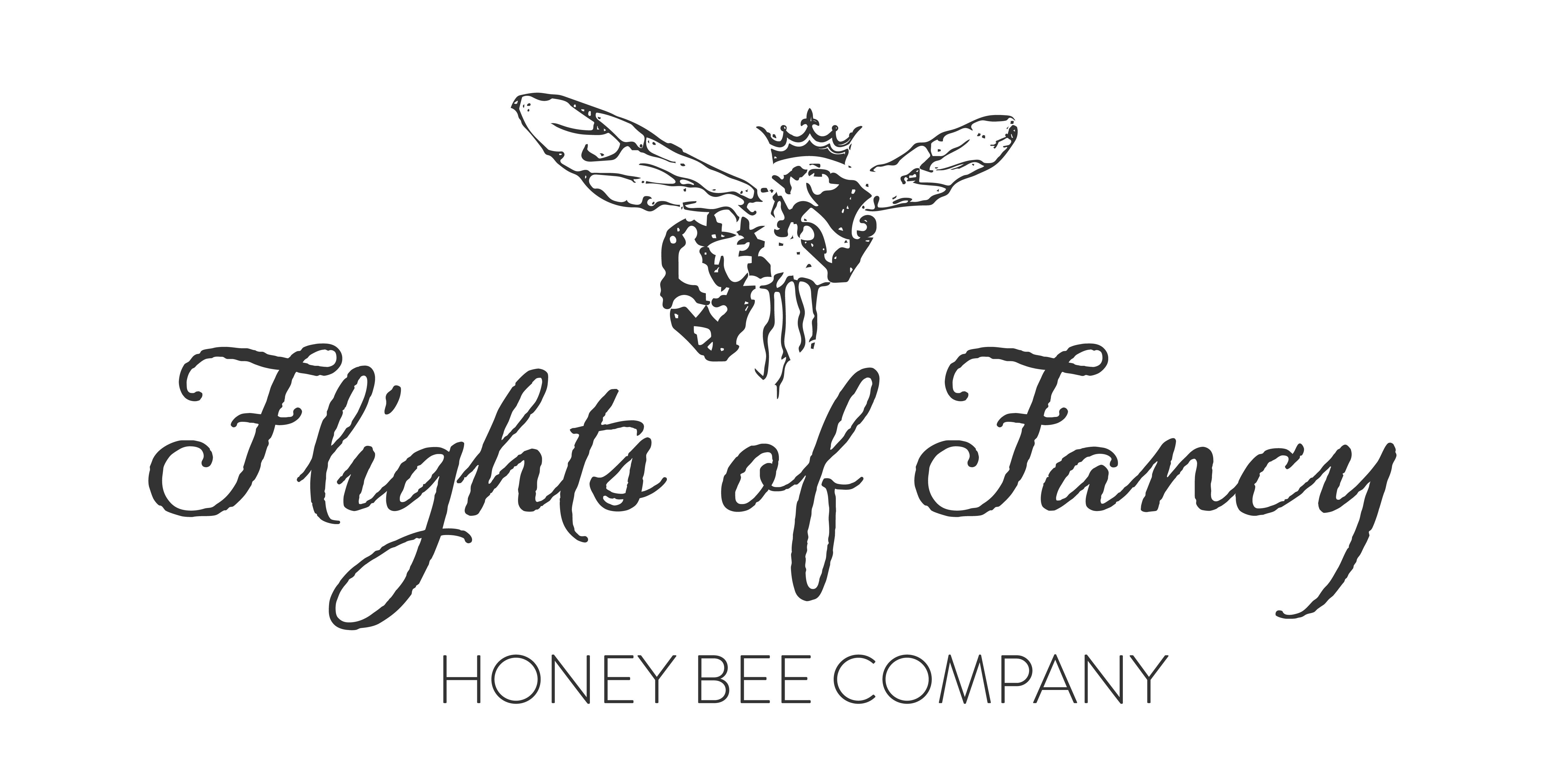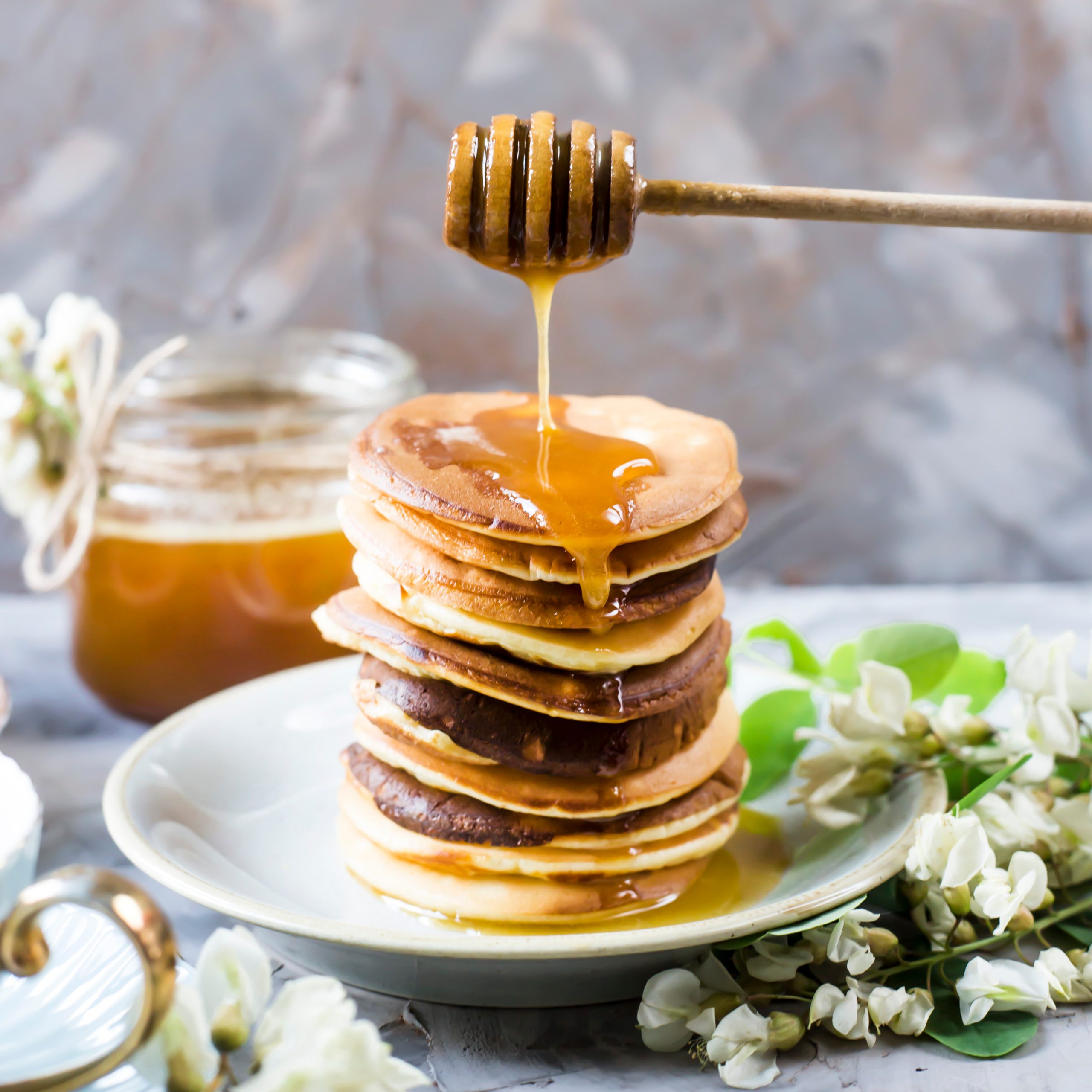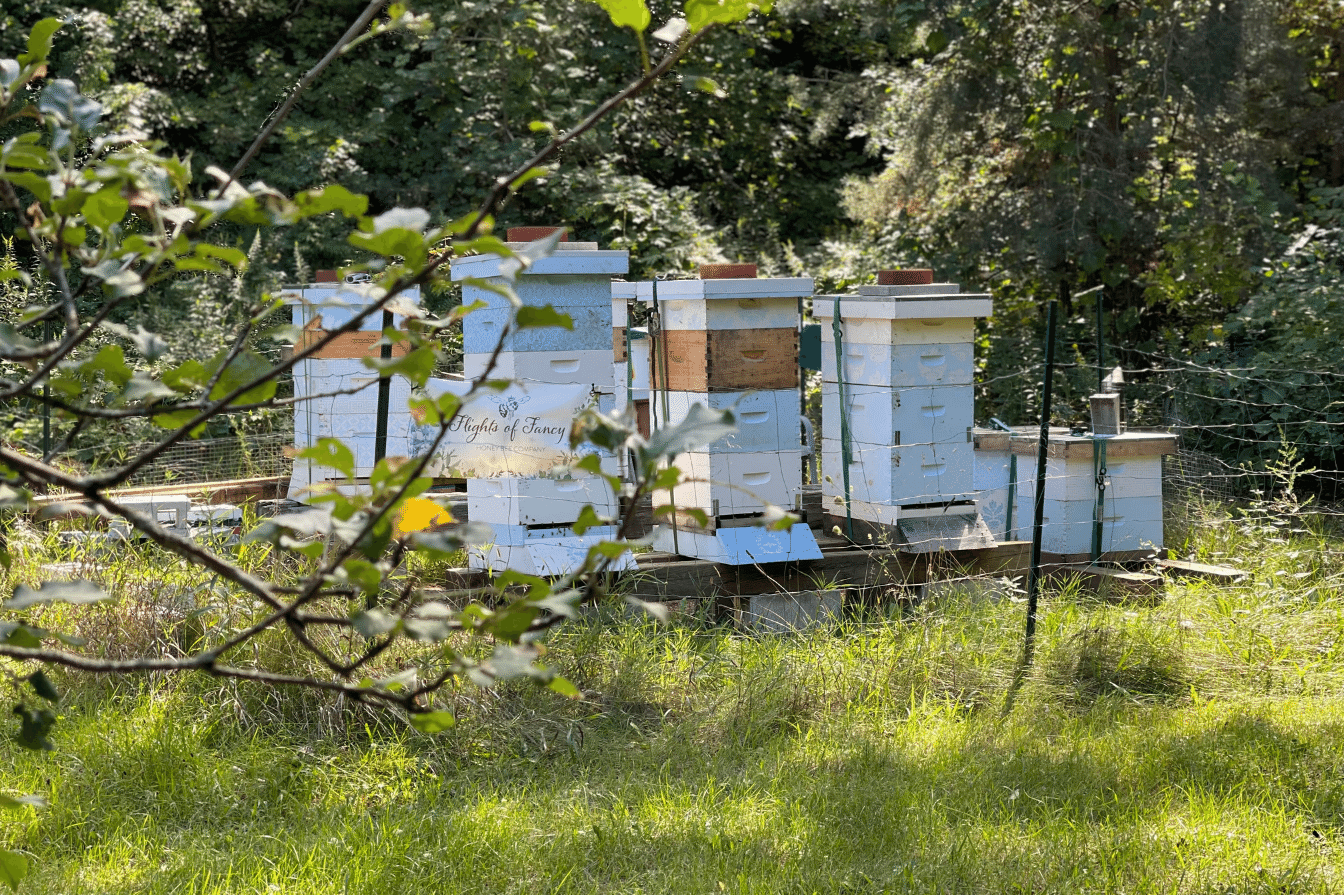This 3 ingredient jam perfectly balances the sweet and tart flavors of the raspberries with the floral sweetness of the raw wildflower honey. It’s great to spread on toast, spread across a flaky pie crust, or include on a charcuterie board, but my favourite thing to do with this raspberry jam is to drizzle on vanilla ice cream fresh from the local dairy…
Strawberry Banana & Honey Smoothie: Searching for a quick, easy, and refreshing summer breakfast? Look no further than this fruit and honey smoothie, it will have you raising with the sun…
You’ll be singing strawberry fields forever after trying this amazing 4 ingredient jam. The best part? If you make it in season you can use mostly local ingredients, it’s the perfect summer recipe. Plus, can the extras to enjoy during the long, cold winter months, when you could really use a taste of summer…
The hope behind this program is that you will plant these packets of pollinator seeds in your garden, hedge, or wherever you have some space, and you will be rewarded with a summer full of wonder as your local bees, butterflies and even hummingbirds visit the plants that you have grown!
Together we will be working to create much-needed food and habitat resources for species that, let’s face…
As a food source for bumblebees and honey bees, borage refills with nectar every two-five minutes throughout the day, unlike most plants, and it continues to yield nectar even in cold weather making it a significant bumblebee plant. Most pollinators will ignore the plant’s downward-facing blooms but there is a reason for these flowers with a challenging angle, it prevents rainwater and morning dew from diluting the…
Nothing says summer more than a Sunflower. These bright and sunny plants can’t help but bring cheer to every place they grow. Providing nectar, pollen, and a place to live these flowers attract native pollinators of all types. They are also a host plant for the Silvery Checkerspot Butterfly…
Check out latest instagram photos
This error message is only visible to WordPress admins
Error: API requests are being delayed for this account. New posts will not be retrieved.
There may be an issue with the Instagram access token that you are using. Your server might also be unable to connect to Instagram at this time.

















